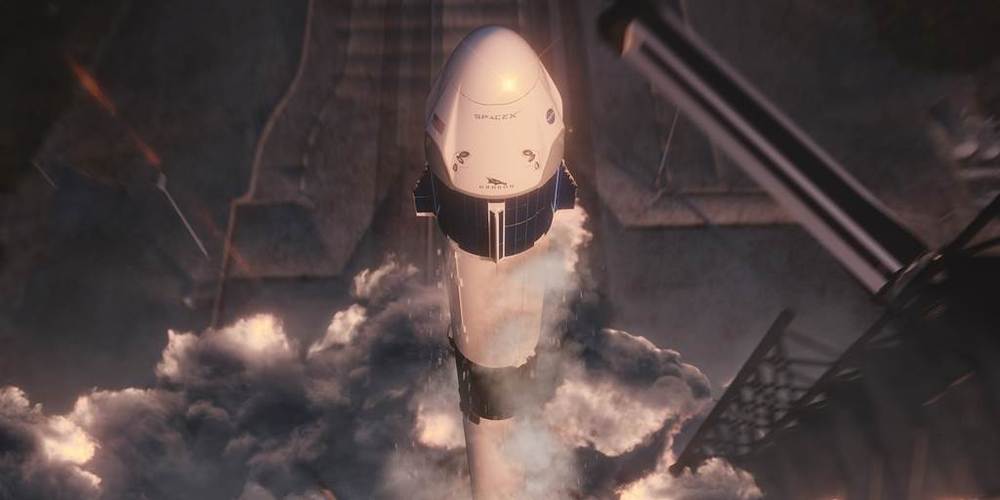The tech has caught Steve Wozniak’s attention.



A consortium of groups has come together with the painstaking task of charting the longevity industry, such as its companies, journalists, thought leaders, investors, and recent developments. The Longevity Industry in UK Landscape Overview 2018 report covers a great amount of ground and is well worth a read for people who are interested in this rapidly evolving scientific field.
This particular edition, which spans an impressive 1000+ pages, is focused on the United Kingdom; there will be additional reports covering Switzerland, Japan, Hong Kong, and California, and there will also be a more general global industry report in its second edition.
Interest in longevity has been increasing for some years, and we are at last seeing a true industry starting to bloom as more and more companies, researchers, and investors step into the ring. Companies such as Unity Biotechnology taking senescent cell-clearing therapies to human trials, deep learning approaches being applied to aging by companies such as Insilco Medicine, and Ichor Therapeutics’ development of age-related macular degeneration therapies have served to ignite the fires of enthusiasm and have brought ever-increasing funding and interest into this field.

In September 2018, physicists at the University of Tokyo were trying to create insanely strong magnetic energy in an indoor environment. They expected an explosion. But they didn’t know it would be so powerful that it would knock an iron door off its hinges.
How did scientists accidentally generate the longest-lasting and strongest controllable magnetic energy field in human history?




CAMBRIDGE, England—(BUSINESS WIRE)—Feb 27, 2019—Abcam, a global innovator in life science reagents and tools, is pleased to announce its move to new state-of-the-art global headquarters, Discovery Drive, on the Cambridge Biomedical Campus (CBC), UK, a leading hub of healthcare, science and medical research.
This press release features multimedia. View the full release here: https://www.businesswire.com/news/home/20190227005291/en/

From pop culture channel InqPOP:
Inspired by the Star Wars movie franchise, this newly recognized sport by the French is different from how the other weapons are used in fencing. For one, it requires combatants to pull their sword from behind themselves before they can try to strike their opponent. It also has rounds that last three minutes. And the first duelist who will reach 15 victories will be announced as the winner.
Corbett Report covers data manipulation crisis within the sciences.

RD: Is that because the focus right now is so much on getting there? EM: Yeah yeah, you need to get there. That’s a big deal. I think Starship will also be good for creating a base on the moon. We’ll probably have a base on the moon before going to Mars.
The SpaceX CEO on food, fuel, and the risk of vaporization.